Ever been wide awake at night, then groggy and unproductive during the day? It’s called “social jet lag,” in which our lives don’t quite line up with our sleep-wake cycle. At Bios, a company working to solve the problem, Vice President of Human Biological Technologies and Research Robert Soler says, “It turns out all this is a function of lighting.”
And he should know. The San Marcos resident and PhD candidate in behavioral neuroscience at UC San Diego is also a former NASA scientist, who helped develop the first LED fixtures on the International Space Station and went on to become an expert in its recently installed circadian lighting system. This kind of cyclical lighting is bene-ficial aboard the ISS because “you see the sun rise every 90 minutes, and our biology doesn’t know how to handle that kind of information.”
Back on Earth, Bios, which has offices in Carlsbad and in Melbourne, Florida, has developed a commercial version of that technology, named SkyBlue. Soler believes it can help people sleep, work, and live better, whether they’re nine to five or the graveyard shift. “People who have regular jobs have this,” he says. “We’re all running on a broken clock.”
SkyBlue is engineered to shine in specific wavelengths that more closely align with sunlight—so its users can feel more alert regardless of when their day begins.
Some of Bios’s big-name clients include the Mayo Clinic and the Pittsburgh Pirates. It has also received a grant to study shift workers in the emergency deparments of the National Institutes of Health, with the goal of producing hard numbers showing that circadian-friendly lighting improves the lives of people working nonstandard hours. The geriatric emergency department at UC San Diego Health is set to install the lighting later this year as well. Soler explains, “We create the light engines—the technology that creates these spectra—then we partner with manufacturers to incorporate it into buildings.”
The lights may see future use in schools, too. Soler says teen-agers aren’t programmed to stay up late, but they drive themselves to a vampiric schedule through a lack of natural light and the harsh blue wavelengths emitted by most electronic devices. One occasionally proposed solution—a later start to the school day—has been met with resistance because it would disrupt after-school activities, bus routes, and child care. But SkyBlue lighting could be a cure for the first-period snooze, resulting in less absenteeism, fewer car accidents, and better academic performance. “It could only be better than what we’re currently doing,” Soler suggests.
Tags: Bios, Circadian Lighting, Design, Innovation, Lighting, Space Station, Tip Sheet
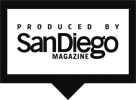


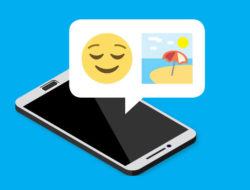







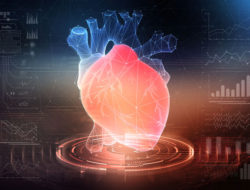
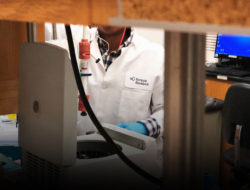


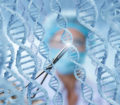
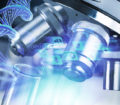
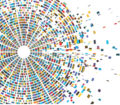
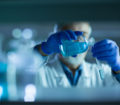












[…] Soler, VP of Research at BIOS Lighting, spoke with HATCH about the impact of light on our sleeping patterns and the struggles of social jet […]